
As the Fall Quilt Market is just about to start, I thought that this may be a good moment to introduce you my next fabric collection,
Avantgarde that will be shown at the Quilt Market and will be available in December.
With this collection, I wanted to embrace a bit of the art history and the period that played very important role for the Modern art and everything that came after - Avantgarde movement.
 up left: Gunta Stolzl weaving, up right: Eva Hesse ink drawing, bottom right Kazimir Malevich black cross painting and bottom left Josef Albers color study
up left: Gunta Stolzl weaving, up right: Eva Hesse ink drawing, bottom right Kazimir Malevich black cross painting and bottom left Josef Albers color study
The avant-garde is considered by some to be a hallmark of Modernism, pushing the boundaries of what is accepted as the norm.
Modernity began with a series of theories that have destabilized the weather contributed to suspicions of our beliefs and our certainty. All this has had an effect in the history of art that has become less and less certain of its fundamental principles. It is therefore understandable that many artists have expressed the temptation to minimize artwork on almost - zero: from Malevich’s suprematism, aesthetics developed by Bauhaus school till minimalism and conceptualism.








"In the early part of this century there began to appear, first in France and then in Russia and in Holland, a structure that has remained emblematic of the modernist ambition within the visual arts ever since. Surfacing in pre-War cubist painting and subsequently becoming ever more stringent and manifest the grid announces, among other things, modern art’s will to silence, its hostility to literature, to narrative, to discourse. As such, the grid has done its job with striking efficiency. The barrier it has lowered between the arts of vision and those of language has been almost totally successful in walling the visual arts into a realm of exclusive visuality and defending them against the intrusion of speech.
In the temporal dimension, the grid is an emblem of modernity by being just that: the form that is ubiquitous in the art of our century, while appearing nowhere, nowhere at all, in the art of the last one. In that great chain of reactions by which modernism was born out of the efforts of the nineteenth century, one final shift resulted in breaking the chain. By “discovering” the grid, cubism, de Stijl, Mondrian, Malevich . .. landed in a place that was out of reach of everything that went before. Which is to say, they landed in the present, and everything else was declared to be the past. There are two ways in which the grid functions to declare the modernity of modern art. One is spatial; the other is temporal. In the spatial sense, the grid states the autonomy of the realm of art. Flattened, geometricized, ordered, it is antinatural, antimimetic, antireal. It is what art looks like when it turns its back on nature. In the flatness that results from its coordinates, the grid is the means of crowding out the dimensions of the real and replacing them with the lateral spread of a single surface. In the overall regularity of its organization, it is the result not of imitation, but of aesthetic decree."(
The Originality of the Avant-garde and Other Modernist Myths by Rosalind E. Krauss)
A pioneer of the Avantgarde textile design,
Sonia Delaunay, a painter, print-maker, and designer of objects from tapestries to alphabets, removed all representation from her paintings in order to concentrate on the visual power of shapes and colors. With her husband, Robert, they developed avant-garde theories of Orphism (nonrepresentational color abstraction) and Simultanism (color as a major element in the creation of form and movement in drawing).
So, the portrait of Sonia Delaunay can be seen on "Simultaneous" print from this collection.
Also, the
Bauhaus was the most influential modernist art school of the 20th
century, one whose approach to teaching, and understanding art's
relationship to society and technology, had a major impact both in
Europe and the United States long after it closed. It was shaped by the
19th and early 20th centuries trends such as
Arts and Crafts movement, which had sought to level the distinction between fine and applied arts, and to reunite creativity and manufacturing.
The school is also renowned for its faculty, which included artists
Wassily Kandinsky,
Josef Albers,
Laszlo Moholy-Nagy,
Paul Klee and
Johannes Itten, architects
Walter Gropius and
Ludwig Mies van der Rohe, and designer
Marcel Breuer.
Johannes Itten was one of the first people to define and identify
strategies for successful color combinations. Through his research he
devised seven methodologies for coordinating colors utilizing the hue's
contrasting properties. These contrasts add other variations with
respect to the intensity of the respective hues; i.e. contrasts may be
obtained due to light, moderate, or dark value.
He created this very popular color wheel (the following picture) and that was the starting point for me while developing this collection's colors.
My interpretation of the wheel with my choices of colors....
And here is the final collection, divided in 2 colorways: Allusion and Enlightment
Can't wait to show you the projects and fabrics with my Avantgarde.
xx, Katarina

As the Fall Quilt Market is just about to start, I thought that this may be a good moment to introduce you my next fabric collection,
Avantgarde that will be shown at the Quilt Market and will be available in December.
With this collection, I wanted to embrace a bit of the art history and the period that played very important role for the Modern art and everything that came after - Avantgarde movement.
 up left: Gunta Stolzl weaving, up right: Eva Hesse ink drawing, bottom right Kazimir Malevich black cross painting and bottom left Josef Albers color study
up left: Gunta Stolzl weaving, up right: Eva Hesse ink drawing, bottom right Kazimir Malevich black cross painting and bottom left Josef Albers color study
The avant-garde is considered by some to be a hallmark of Modernism, pushing the boundaries of what is accepted as the norm.
Modernity began with a series of theories that have destabilized the weather contributed to suspicions of our beliefs and our certainty. All this has had an effect in the history of art that has become less and less certain of its fundamental principles. It is therefore understandable that many artists have expressed the temptation to minimize artwork on almost - zero: from Malevich’s suprematism, aesthetics developed by Bauhaus school till minimalism and conceptualism.








"In the early part of this century there began to appear, first in France and then in Russia and in Holland, a structure that has remained emblematic of the modernist ambition within the visual arts ever since. Surfacing in pre-War cubist painting and subsequently becoming ever more stringent and manifest the grid announces, among other things, modern art’s will to silence, its hostility to literature, to narrative, to discourse. As such, the grid has done its job with striking efficiency. The barrier it has lowered between the arts of vision and those of language has been almost totally successful in walling the visual arts into a realm of exclusive visuality and defending them against the intrusion of speech.
In the temporal dimension, the grid is an emblem of modernity by being just that: the form that is ubiquitous in the art of our century, while appearing nowhere, nowhere at all, in the art of the last one. In that great chain of reactions by which modernism was born out of the efforts of the nineteenth century, one final shift resulted in breaking the chain. By “discovering” the grid, cubism, de Stijl, Mondrian, Malevich . .. landed in a place that was out of reach of everything that went before. Which is to say, they landed in the present, and everything else was declared to be the past. There are two ways in which the grid functions to declare the modernity of modern art. One is spatial; the other is temporal. In the spatial sense, the grid states the autonomy of the realm of art. Flattened, geometricized, ordered, it is antinatural, antimimetic, antireal. It is what art looks like when it turns its back on nature. In the flatness that results from its coordinates, the grid is the means of crowding out the dimensions of the real and replacing them with the lateral spread of a single surface. In the overall regularity of its organization, it is the result not of imitation, but of aesthetic decree."(
The Originality of the Avant-garde and Other Modernist Myths by Rosalind E. Krauss)
A pioneer of the Avantgarde textile design,
Sonia Delaunay, a painter, print-maker, and designer of objects from tapestries to alphabets, removed all representation from her paintings in order to concentrate on the visual power of shapes and colors. With her husband, Robert, they developed avant-garde theories of Orphism (nonrepresentational color abstraction) and Simultanism (color as a major element in the creation of form and movement in drawing).
So, the portrait of Sonia Delaunay can be seen on "Simultaneous" print from this collection.
Also, the
Bauhaus was the most influential modernist art school of the 20th
century, one whose approach to teaching, and understanding art's
relationship to society and technology, had a major impact both in
Europe and the United States long after it closed. It was shaped by the
19th and early 20th centuries trends such as
Arts and Crafts movement, which had sought to level the distinction between fine and applied arts, and to reunite creativity and manufacturing.
The school is also renowned for its faculty, which included artists
Wassily Kandinsky,
Josef Albers,
Laszlo Moholy-Nagy,
Paul Klee and
Johannes Itten, architects
Walter Gropius and
Ludwig Mies van der Rohe, and designer
Marcel Breuer.
Johannes Itten was one of the first people to define and identify
strategies for successful color combinations. Through his research he
devised seven methodologies for coordinating colors utilizing the hue's
contrasting properties. These contrasts add other variations with
respect to the intensity of the respective hues; i.e. contrasts may be
obtained due to light, moderate, or dark value.
He created this very popular color wheel (the following picture) and that was the starting point for me while developing this collection's colors.
My interpretation of the wheel with my choices of colors....
And here is the final collection, divided in 2 colorways: Allusion and Enlightment
Can't wait to show you the projects and fabrics with my Avantgarde.
xx, Katarina



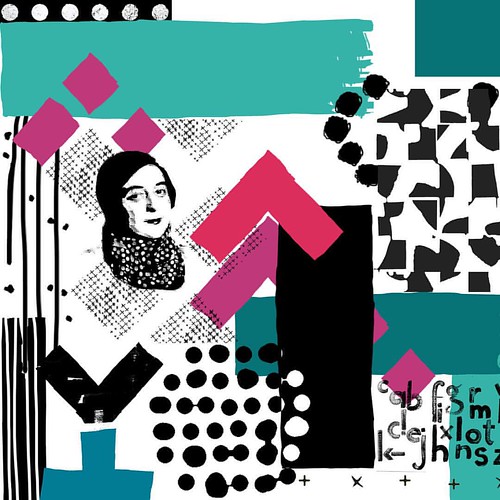














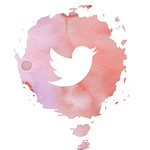


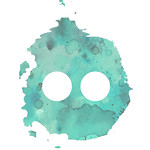





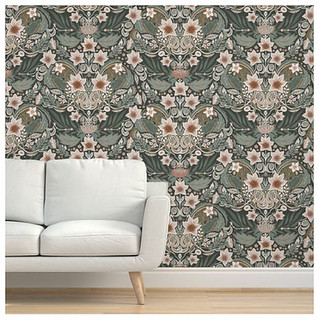











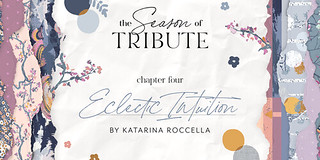
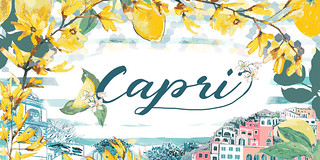






 GRID
GRID
 DECADENCE
DECADENCE








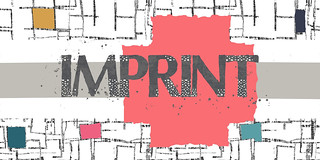
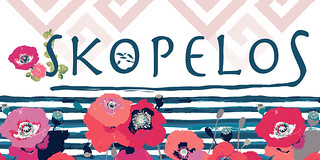









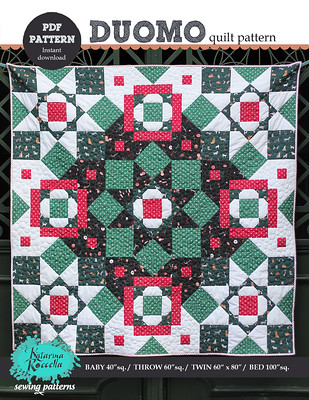
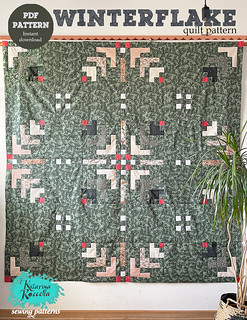
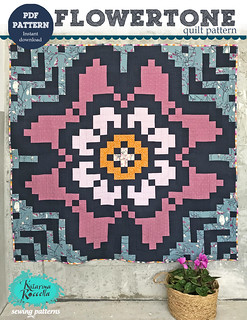




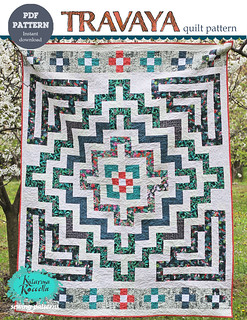

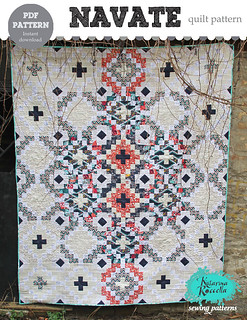
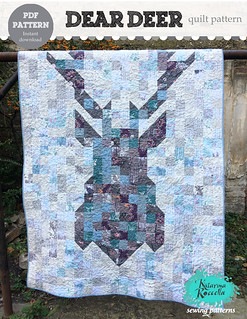


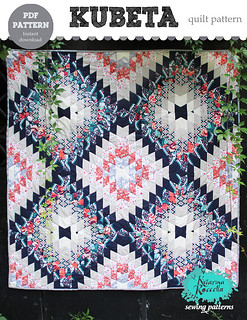
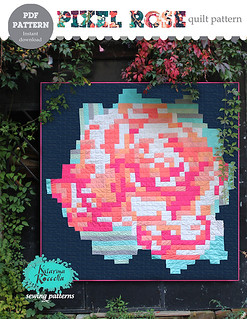
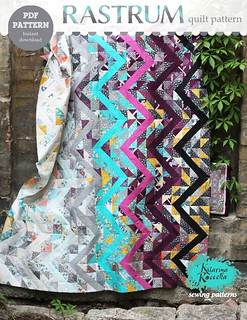
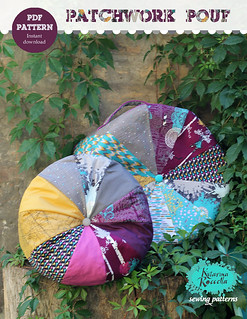
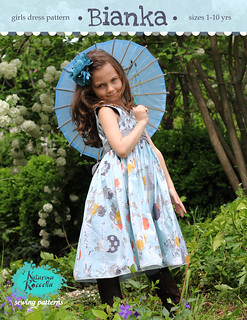
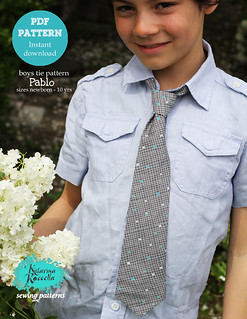



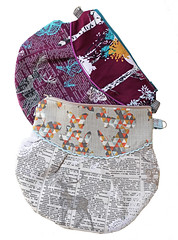
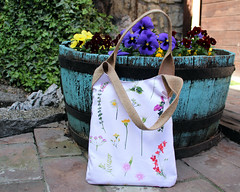

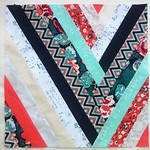








2 comments :
I love art history and over the years have gained more appreciation for the modern movements. Bauhaus is currently one of the periods I am fascinated with. Your new collection is like the cherry on top and has brought this era of art history to life! Thanks Nina-- I will take pictures of your booth! Love, Sharon Holland
It was so much fun to read about art history and your inspiration for avantgarde.💗
Post a Comment